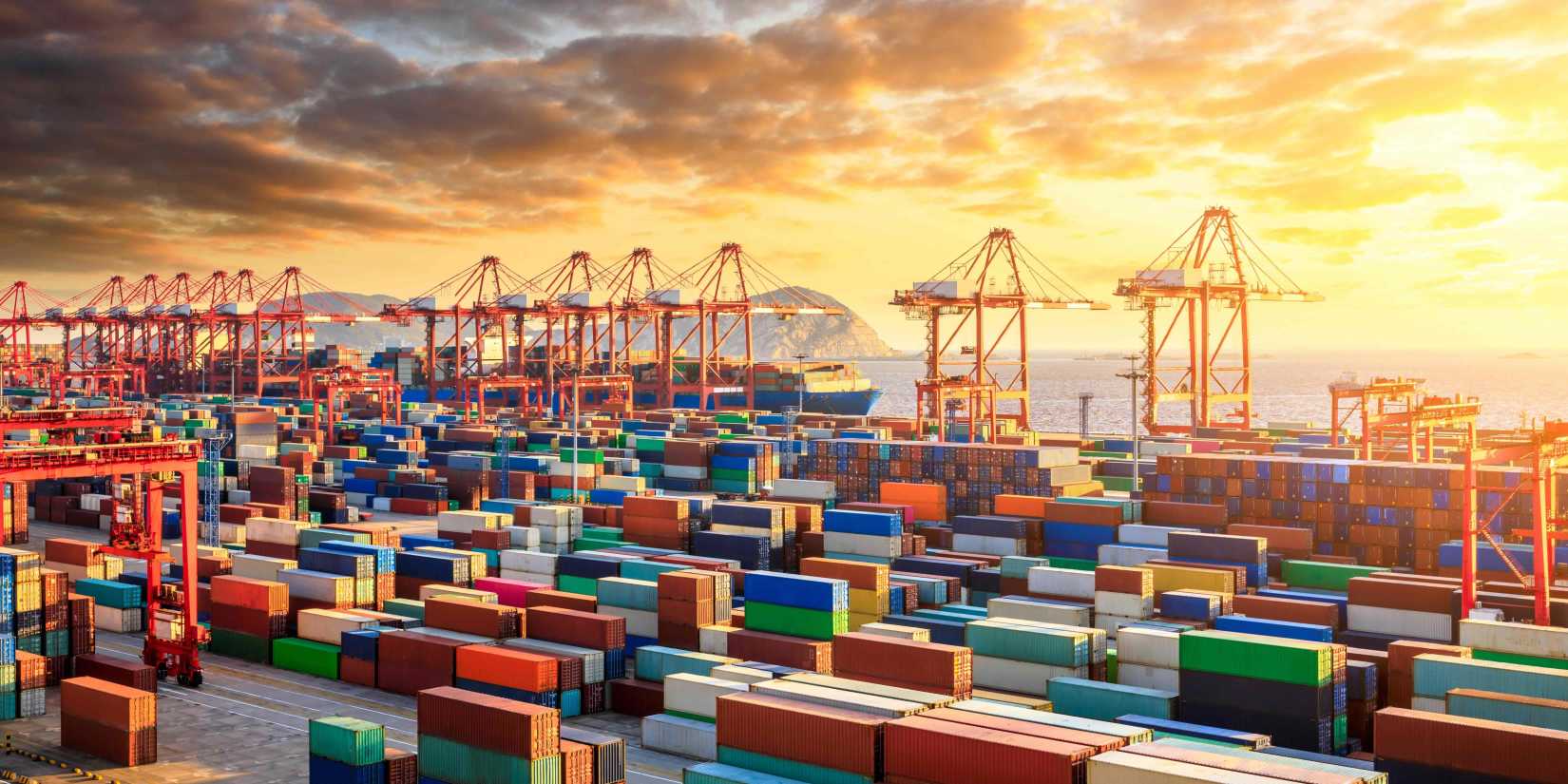
Back to Blog
September 30, 2022
Supply Chain Snapshots - News & Trends You Should Read This Week
Friday, September 30, 2022
Looking for a quick summary of the top supply chain and logistics news and trends making waves this week? Read our weekly "Supply Chain Snapshots" for helpful summaries and commentary to get you up-to-speed on the news you need to know.
#1 New York is Now the Nation’s Busiest Port in a Historic Tipping Point for U.S.-Bound Trade
Read the full article from CNBC here
- The Port of New York and New Jersey moved a historic 843,191 TEUs (imports + exports) in August, outpacing both the ports of Los Angeles and Long Beach.
- This shift is due to ongoing concerns about labor strikes and lockouts.
- "We are exceeding pre-Covid numbers. It is astonishing, and it is a credit to the men and women who are moving the cargo with such efficiency," said Kevin O'Toole, chairman of the Port Authority.
- The increase in container processing is increasing wait times and delays at East Coast and Gulf ports.
- The flow of trade away from the West Coast has decreased the demand for vessel space, leading Far East to West Coast maritime freight prices to fall.
#2 Supply Chain Effects from Hurricane Ian Could Linger for Weeks
Read the full article from FreightWaves here
- The risk to manufacturing, agriculture, and distribution sectors in Florida is rapidly intensifying as powerful Hurricane Ian takes aim at the state’s southwest coast. The economic ripple effects are likely to be felt well beyond the storm zone.
- Everstream Analytics predicts the storm could impact up to 2,800 manufacturing firms, about 7,000 healthcare producers, but will take a huge toll on the agricultural industry.
- Companies in other states could face truck shortages if many motor carriers shift resources to provide logistics support for recovery efforts.
- Cargo traffic was halted across the state of Florida that are still impacting shipping delays.
- Miami’s two main container terminals were closed on Wednesday and Port Everglades stopped accepting inbound traffic.
- Delta Airlines halted all cargo dropoff and pickup Tuesday until after midnight.
- Trucking companies like Sterling Transportation closed facilities and held cargo at origin.
#3 Shippers Now Have the Edge When it Comes to Contract Renewal, Says Drewry
Read the full article from The Loadstar here
- Shippers will be back on the front foot when the 2023 contract negotiations begin, but a leading maritime consultant is advising BCOs not to “seek revenge” by excluding carriers that have “treated them badly”.
- In its latest executive briefing, Drewry reminds shippers that there are now just nine global ocean carriers remaining, and that most medium and larger-sized BCOs will need to work with at least five to support their supply chain.
- Drewry explains that, “in most cases shipping is not just about cost”, and that it is better to talk to existing providers “to request a reduction in contract rates” rather than walking away for a cheaper deal.
#4 DOT Issues Truck Parking Handbook for Local Planners
Read the full article from FreightWaves here
- The Biden Administration issued a new handbook to give state and local planning groups and private procedures for assessing demand for truck parking and boosting capacity.
- The handbook “outlines the fundamentals of truck parking issues, factors that influence truck parking demand, and options for integrating truck parking at locations where it is most needed,” said FHWA Acting Administrator Stephanie Pollack.
- Federal Motor Carrier Safety Administrator Robin Hutcheson noted that driver fatigue was a leading cause of truck crashes. “It is clear that adequate rest for drivers is foundational for safe operations…we have heard loud and clear from drivers — they need more places to rest and they need to be safe and secure while doing so.”
#5 Nike Shares Fall as Overstocked Inventory Weighs on Earnings
Read the full article from CNBC here
- Nike had a strong first fiscal quarter with a 4% increase in revenue despite the ongoing supply chain issues and declining sales in Greater China.
- The brand’s shares fell more than 10% Friday after the company described problems with overstocked inventory levels and the aggressive steps it’s taking to lower them.
- As delivery times and consumer demand rose this year, retailers responded by ordering inventory earlier than usual. “When in-transit shipping time began to improve quickly,” Nike CFO Matthew Friend said, “it led to swelling inventories.”
- Nike continues to say that consumer demand in the U.S. market hasn’t waned despite inflation and that they expect revenue in the second fiscal quarter to grow low double digits, despite supply chain and foreign exchange currency challenges.
#6 Measuring Hurricane Severity Against ‘The Waffle House Index’
Read the full article from FreightWaves here
- FEMA uses Southern-based restaurant chain’s menu item availability to informally gauge storm recovery.
- Given that closed Waffle House locations are such a rare sight, the federal government has taken notice of how the breakfast chain operates in post-emergency conditions.
- Former FEMA Administrator Craig Fugate coined the phrase “the Waffle House Index”—an informal metric used to approximate the scale of assistance required for disaster recovery, according to FEMA.
- Instead of measuring how many locations remain open, the index measures the availability of items on the menu as follows:
Green: Full menu and power available.
Yellow: Limited menu and utilities.
Red: Closed due to severe damage. - The consistent accuracy of the index is due in part to the sheer number of locations across the South.
Related content
![Are You Prepared for the Unexpected? Logistics Experts Share Advice for Peak Season Success]()
BLOG
Are You Prepared for the Unexpected? Logistics Experts Share Advice for Peak Season Success







